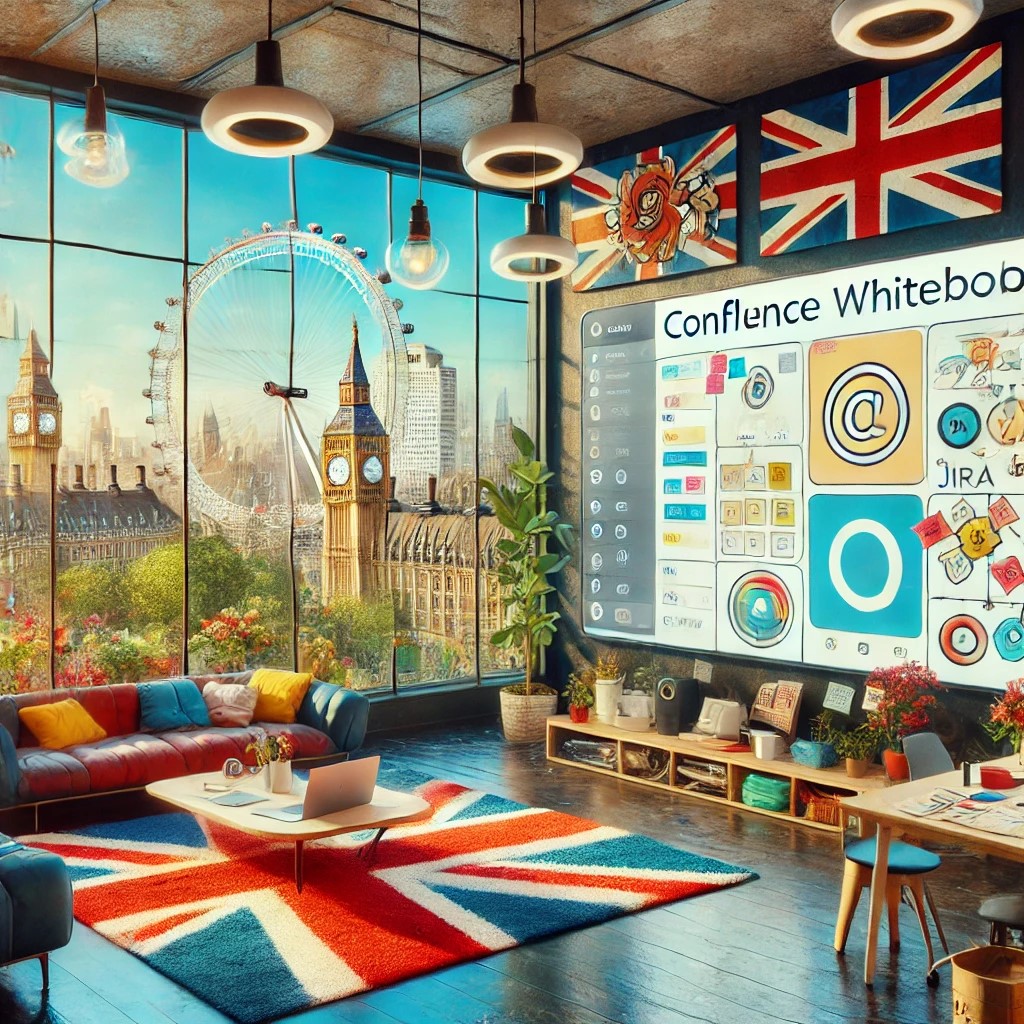
Confluence has introduced a promising new feature called Whiteboards, and today, I took some time to explore it. This blog shares my first impressions and experience as I enabled and navigated this feature, providing insights into how it might be useful for collaboration and brainstorming.
What Are Confluence Whiteboards?
Whiteboards in Confluence aim to provide a new way to brainstorm, collaborate, and organize ideas visually. Unlike traditional pages, whiteboards are more dynamic, allowing you to place and move elements freely in a 2D space.
Enabling Whiteboards
To access this feature, I navigated to the Beta Features section in the settings. Here, I found the option to enable whiteboards, accompanied by some notes about its current limitations:
- Permissions: Space admins can manage who can create and edit whiteboards.
- Restrictions: Certain features, like data residency and backup/restore, aren’t supported during the beta phase.
- Third-party apps: Some integrations might be impacted.
Once enabled, the feature appeared in the Confluence space interface as a new option under "Pages and Whiteboards."
Creating a Whiteboard
Initially, creating a whiteboard felt a bit clunky. After refreshing the page, the option to create a whiteboard appeared at the top of the screen. Selecting it opened a blank canvas with several templates to choose from, such as:
- Priority Matrix
- Retrospective
- Brainstorming
I opted for a simple retrospective template to test its functionality.
Key Features of Confluence Whiteboards
1. Visual Elements and Sticky Notes
The whiteboard allows you to add sticky notes, which can serve as placeholders for ideas or tasks. One interesting feature is the ability to create Jira issues directly from these sticky notes.
For example, clicking on a sticky note opens the option to link it to a Jira issue. Any changes to the issue status in Jira are reflected on the whiteboard. This integration adds a layer of practicality for teams that rely on Jira for task management.
2. Linking Elements
You can create connections between different elements on the whiteboard, such as linking a card to another card or a Jira issue. This functionality is particularly useful for organizing complex workflows or visualizing relationships between tasks.
3. Zooming and Freely Arranging Items
The whiteboard allows zooming in and out, which is handy for navigating larger boards. Items can be moved freely across the canvas, making it feel like a digital brainstorming wall.
4. Action Items
Another notable feature is the ability to create action items. These can be documented as tasks or reminders, enhancing the collaborative aspect of the whiteboard.
Impressions and Use Cases
Overall, I found the whiteboard feature intriguing. While still in beta, it offers significant potential for use cases like:
- Brainstorming sessions: Collaboratively generate and organize ideas.
- Team retrospectives: Use templates to evaluate projects and identify action items.
- Visual task management: Link brainstorming outputs to Jira issues for seamless workflow integration.
However, the feature isn’t without its limitations. For example, there were occasional glitches, like disappearing whiteboards or difficulty finding certain options.
Conclusion
Confluence Whiteboards bring a fresh and interactive way to collaborate within the platform. With features like Jira integration, linking, and flexible layouts, it adds a new dimension to how teams can organize and manage their work.
While it’s not perfect yet, the potential is clear. I’m excited to see how this feature evolves and plan to explore it further for more specific use cases.
If you’re looking to brainstorm ideas visually while keeping them actionable, give Confluence Whiteboards a try!
What do you think about this new feature? Have you tried it yet? Share your thoughts in the comments!
Video Link : https://www.ravisagar.in/videos/confluence-cloud-whiteboards-look-amazing
